Ensuring search engines can easily find and understand your SaaS company’s website is super important. It helps your site show up better in search results and makes it easier for people to use.
So, if you want to stand out in the crowded SaaS world, paying attention to Technical SEO for SaaS is necessary.
That’s why we’ve created this guide to help SaaS companies like yours improve their websites and grow their businesses.
What is Technical SEO for SaaS Companies?
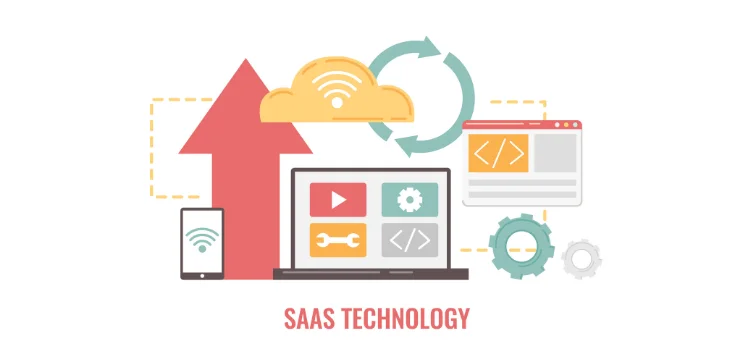
Technical SEO is like the backbone of your website’s visibility online. It’s all about making sure your site works smoothly and can be easily understood by search engines.
For SaaS companies, this means fixing stuff behind the scenes, like how your website is built and how its address looks, as well as making sure things like buttons and menus work properly.
Experts can also help you get other websites to link to yours, which is a big deal for how high up you show in search results. Getting good-quality links is key because search engines pay attention to them when deciding who shows up first.
What is Technical SEO
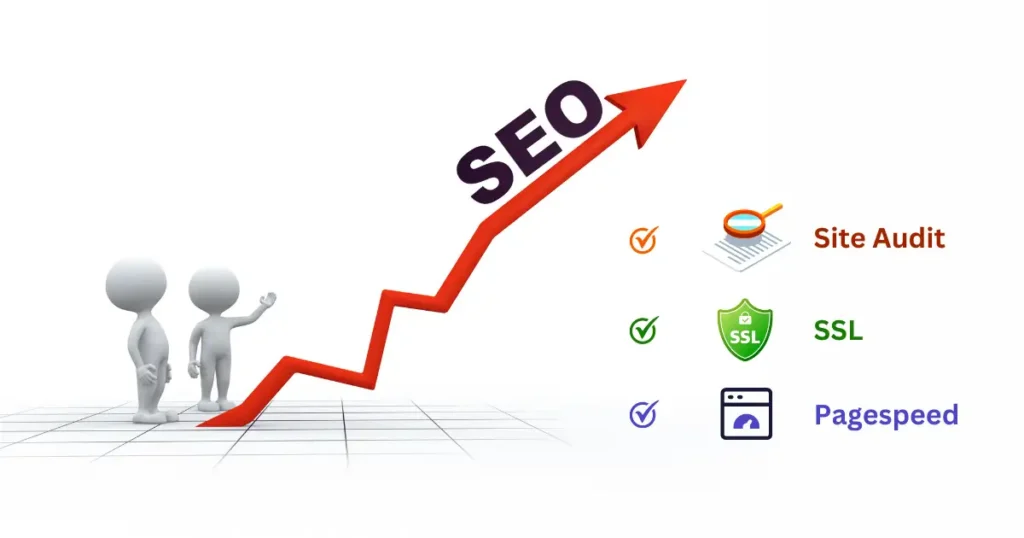
Technical SEO means making technical improvements to a website to make it easier for search engines to find and rank it. It includes things done in the background that make your website easier to use and more attractive to search engines.
Learn more about Technical SEO
How important is Technical SEO for SaaS?
Think of a website’s architecture like its foundation—it’s super important. If your site is tough for search engines to explore or if it’s not easy for people to use, you won’t rank high, even if your on-page SEO is great.
It’s like building a house—if the base is shaky, the whole thing might collapse.
So, before you dive into keywords and links, make sure your Technical SEO for SaaS is solid. It can make all the difference between ranking high or not ranking at all.
A SaaS Technical SEO Checklist for 2024
Meta elements
To make your page better for search engines, you must use meta elements, just like you must have properly set up HTML headings (H1, H2, H3, etc).
These help crawlers understand your site, which is super important for rankings. If search engines don’t know what your page is about, they can’t rank it properly.
Page loading time
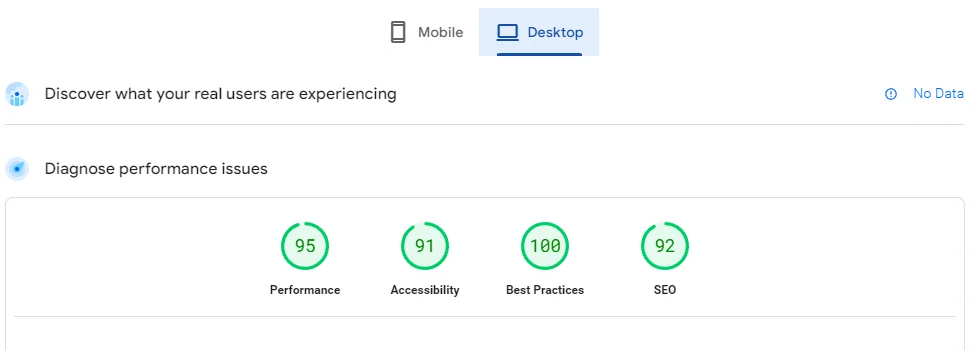
Page loading speed is a big deal for your site’s Core Web Vitals. Try to make sure your pages load fast, ideally in three seconds or less. If they take too long, people might leave, and your rankings could drop.
You can check how fast your pages load using a tool like PageSpeed Insights. It’ll also give you tips on how to make them load faster.
Web design and responsiveness
Your website’s design and how well it works on different devices are really important. It should look good and be easy to use whether someone’s on a computer, tablet, or phone. If your site isn’t easy to use on mobile, for example, people might leave, and your rankings might go down.
You can check how your website looks on different devices and if it’s easy to use with tools like Google’s Mobile-Friendly Test. It’ll tell you if there are any issues and how to fix them.
Schema markup
Schema markup helps search engines understand your page’s content better by organizing it in a structured way. This can help you create eye-catching rich snippets that make your website stand out in search results and attract more clicks.
It’s a good idea to include schema markups as part of your page audit to enhance your website’s visibility and user engagement.
Target keywords are super important for Technical SEO for SaaS and content strategy because they’re what link users, search engines, and your SaaS website.
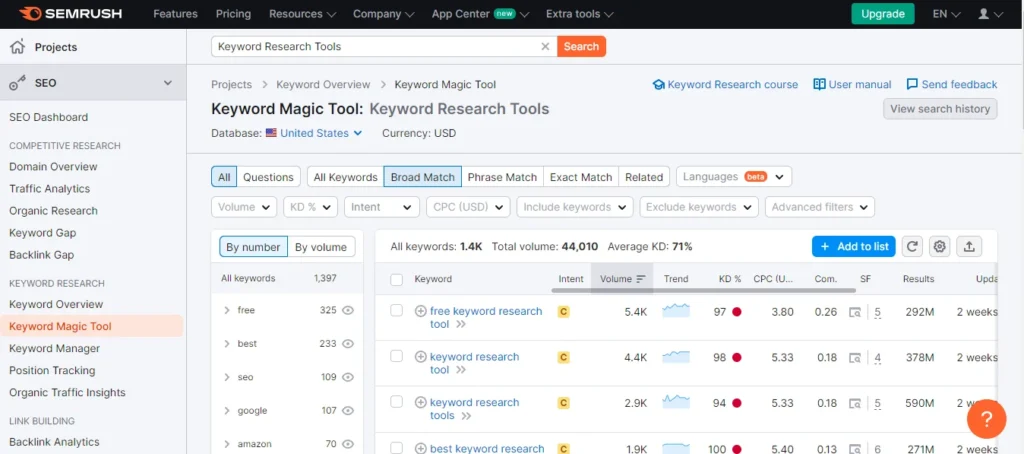
Let’s chat about why SEO is important for users. SEO is about giving people what they’re looking for online, which we call search intent.
Search intent is why someone searches for something. Like, if someone looks up “healthy breakfast ideas,” they’re probably after recipes or tips for nutritious morning meals. At first, search engines show all kinds of results, like recipes, articles, and videos about healthy breakfasts.
But over time, as people click on these results, search engines figure out that “healthy breakfast ideas” usually mean recipes and advice for nutritious morning meals.
Understanding search intent is key because it helps search engines like Google know what people want when they type certain words. This helps them show the most helpful stuff at the top of the search results, so users can find what they need easily.
URL duplication
Make sure search engines only know about one version of your site’s URL. You can check this by typing these URLs into a tool like httpstatus.io:
- http://yourwebsite.com
- http://www.yourwebsite.com
- https://yourwebsite.com
- https://www.yourwebsite.com
Three of these should lead to your preferred domain (usually the secure HTTPS version). If they don’t, set up 301 redirects to avoid confusing search engines and making it harder for people to find your site.
Link building strategies
Link-building strategies are ways to get other websites to put a link to your site on theirs. These links act like approvals from other sites, telling search engines that your stuff is good.
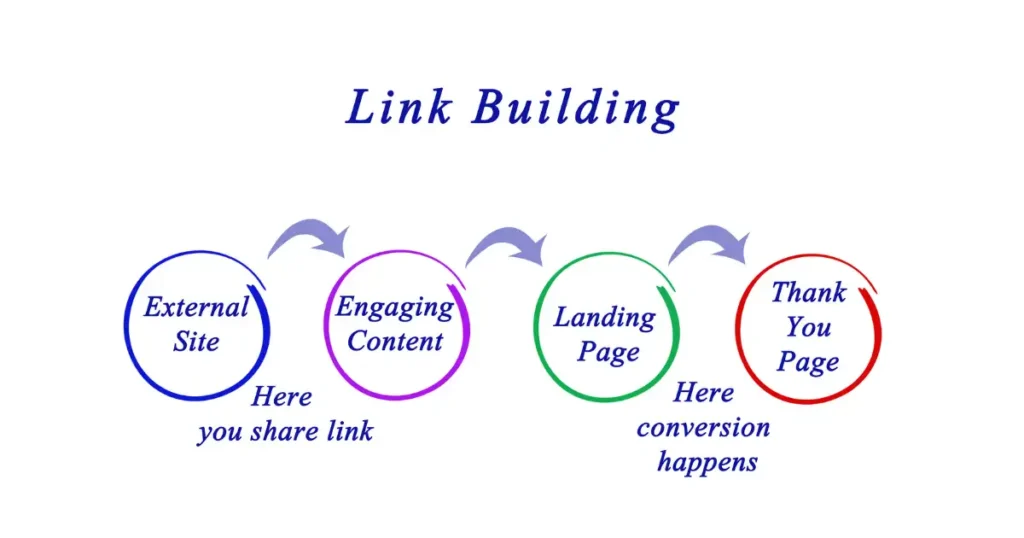
Doing this well can make your website more respected and easier to find in search results. Strategies can involve making great content that others want to link to, asking other websites to link to you, or writing for other websites.
The aim is to get good-quality links that make your site look good and help it show up higher in search results.
Tracking
Keeping an eye on how your website is doing in search results, like what keywords people are using to find it, is super important. Tools like Serpstat can help with this. If you don’t track these things, you won’t know if your SEO work is paying off.
So, when you’re checking your site, make sure there aren’t any problems with tracking that could make you miss important data. Sometimes, the tracking code can break, especially if you’ve switched your website from HTTP to HTTPS.
Fixing these issues is the first step to making sure you’re getting the full picture of how your site is doing online.
Indexation
For your pages to show up in search results, they need to be added to Google’s index. You can see how many of your pages Google has indexed by using the GSC indexation report.
After that, make sure your pages are set up properly to be added to the index by doing these things:
Canonical tags
Using a canonical tag helps search engines know which URL is the main one for a page, preventing duplicates.
Check for:
- Incorrect tags.
- Mixed signals.
- Near-duplicates.
Keep an eye on canonical tags regularly to make sure they’re helping, not hurting, your SEO efforts.
Robots meta tags
Robots meta tags help you manage how search engines handle specific pages. They’re placed in the section of an HTML page. The main directives are:
- index/noindex: Decides if Google should crawl and index a page.
- follow/nofollow: Determines if Google should follow the links on a page.
- archive/noarchive: Dictates if Google should save a cached copy of the page.
Crawlability
Crawling is how search engines discover and add new content to their databases. Here are some top tips to boost your website’s crawlability and make the most of your crawl budget (the number of your site’s URLs Googlebot explores).
Sitemap
Depending on how big your website is, having a sitemap might be necessary or just a helpful extra.
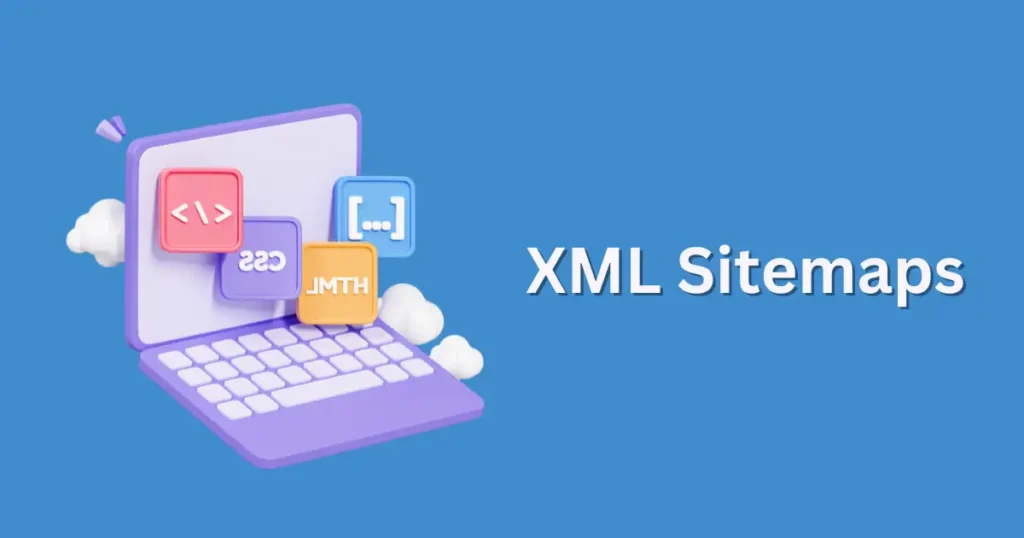
A sitemap tells search engines which pages you want them to display in search results. Make sure the pages you want to be shown match up with the Technical SEO for SaaS strategy checklist.
Site structure
Site structure is all about how you arrange, connect, and show content to visitors. Googlebot relies on it to explore and rank your content. Also, a clear site structure helps users quickly find what they need, making their experience better.
To improve site structure, consider:
- Using a hub-and-spoke internal linking system for a connected experience.
- Addressing keyword cannibalism by avoiding multiple pages competing for the same keyword.
- Adopting a category-based URL structure to assist navigation and enhance link value.
Core Web Vitals (CWV)
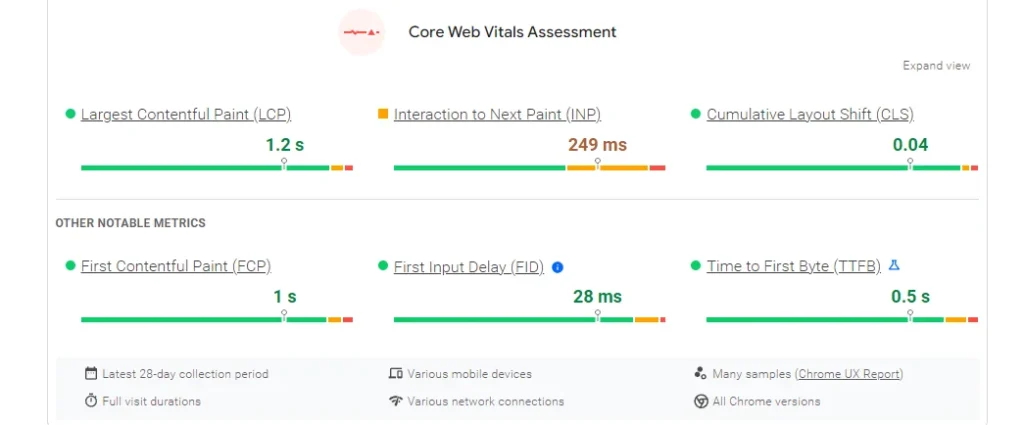
Core Web Vitals (CWV) are factors Google considers when judging the user experience of your pages. They look at:
- Largest Contentful Paint (LCP): How fast the biggest thing on your page loads, like an image or text block.
- First Input Delay (FID): How long it takes for a visitor to be able to do something on your page, like clicking a link.
- Cumulative Layout Shift (CLS): How stable the page looks while it’s loading.
Conclusion
Making sure search engines can find and understand your SaaS website is important. Paying attention to Technical SEO for SaaS helps you stand out in the competitive SaaS world and improves your chances of success.
This guide talks about different technical SEO stuff, like how your site is set up, links, and how fast it loads.
Following these tips and keeping an eye on your website’s performance can make it rank better in search results and give users a better experience, helping your business grow.
Frequently Asked Questions(FAQs)
What is Technical SEO for SaaS Companies?
Technical SEO for SaaS companies means making technical improvements to their websites so that search engines can easily find and rank them.
What is Technical SEO?
Technical SEO is about making technical improvements to a website to make it easier for search engines to find and rank it.


